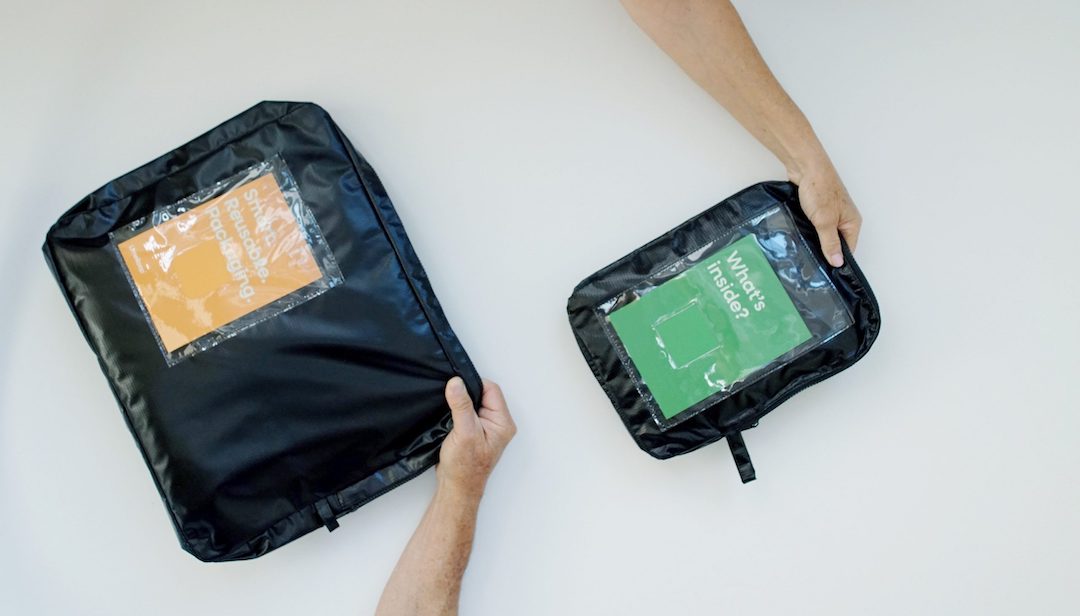With the rise of consumerism, and the continued expectation of convenience and fast delivery, online shopping undoubtedly embedded itself in our culture. In a letter to shareholders, Amazon CEO, Jeff Bezos revealed they have more than 100 million Prime subscribers. The digital economy has officially arrived. Inevitably, every new age brings with it a new set of challenges.
E-commerce’s rise simultaneously resulted in a momentous rise in packaging waste. At LimeLoop, instead of focusing on the existing packaging solutions – traditionally cardboard boxes and plastic poly mailers – we chose to re-imagine an entirely new shipping landscape and introduce a circular solution: smart reusable packaging.
Why, you ask, do we need to consider alternative shipping materials? After all, cardboard boxes and paper mailers are recyclable. As it turns out, recycling is a complex matter. What consumers understand as recyclable has led to a significant amount of non-recyclables making their way into single-stream containers. From plastic bags, organic matter to metal… you name it. Today, the average contamination rate sits at approximately 25%, which translates into 1 in every 4 non-recyclable item being placed in a recycling container.
For example, when foods or liquids contaminate good cardboard and paper, their value is lost and, are then, un-recyclable. Papers can only be recycled 5 to 7 times before the cellulose fibers become too short, as stated by the U.S. Environmental Protection Agency (EPA). And with rising recycling costs and as much as we like to think our packaging materials are being recycled, that is not entirely accurate.
The Circular Solution
Rather than emulating the current packaging and shipping ecosystem, we decided to shift our thinking towards envisioning a different kind of shipping landscape. We asked ourselves, what if we shipped items using something that is not a cardboard box? What would that look like? How would it move an item from point A to B? Beyond product, what else could this shipper hold? How would it interact with the user and the environment? And the list goes on.
In this stage of the brainstorming process, we don’t edit ourselves. No question is stupid, and no answer is correct (or wrong). The goal is to think outside of the (cardboard) box, literally, and examine the root of the problem. Essentially, we were looking to solve for packaging waste in a sustainable way, as opposed to designing a single product to replace the cardboard box. This means examining form, function, and material use for the entirety of the product lifecycle. The result: a full-circle shipping solution in the form of a reusable, trackable shipper that lasts up to 10 years.
How it Works
The LimeLoop shipper is made from recycled billboard vinyl and is designed to be reused over and over, in place of a cardboard box or mailer. Designed to be modular, the shipper can snap and contract as needed. When expanded, the shipper is large enough to hold up to 11 adult shirts comfortably. Waterproof, abrasion-proof, and trackable, the shipper is built to last up to 10 years. This extended lifecycle reduces carbon emissions, energy, and the consumption of valuable resources such as trees, water, and oil.
When you receive your order from participating brands, all you need to do is take your product out, flip the mailing label over, and put the shipper back in the mailbox instead of in the trash. The shipper is then mailed back to the brand so it can be used again for the next customer. As we like to say, it’s as easy as zip, flip + ship.

